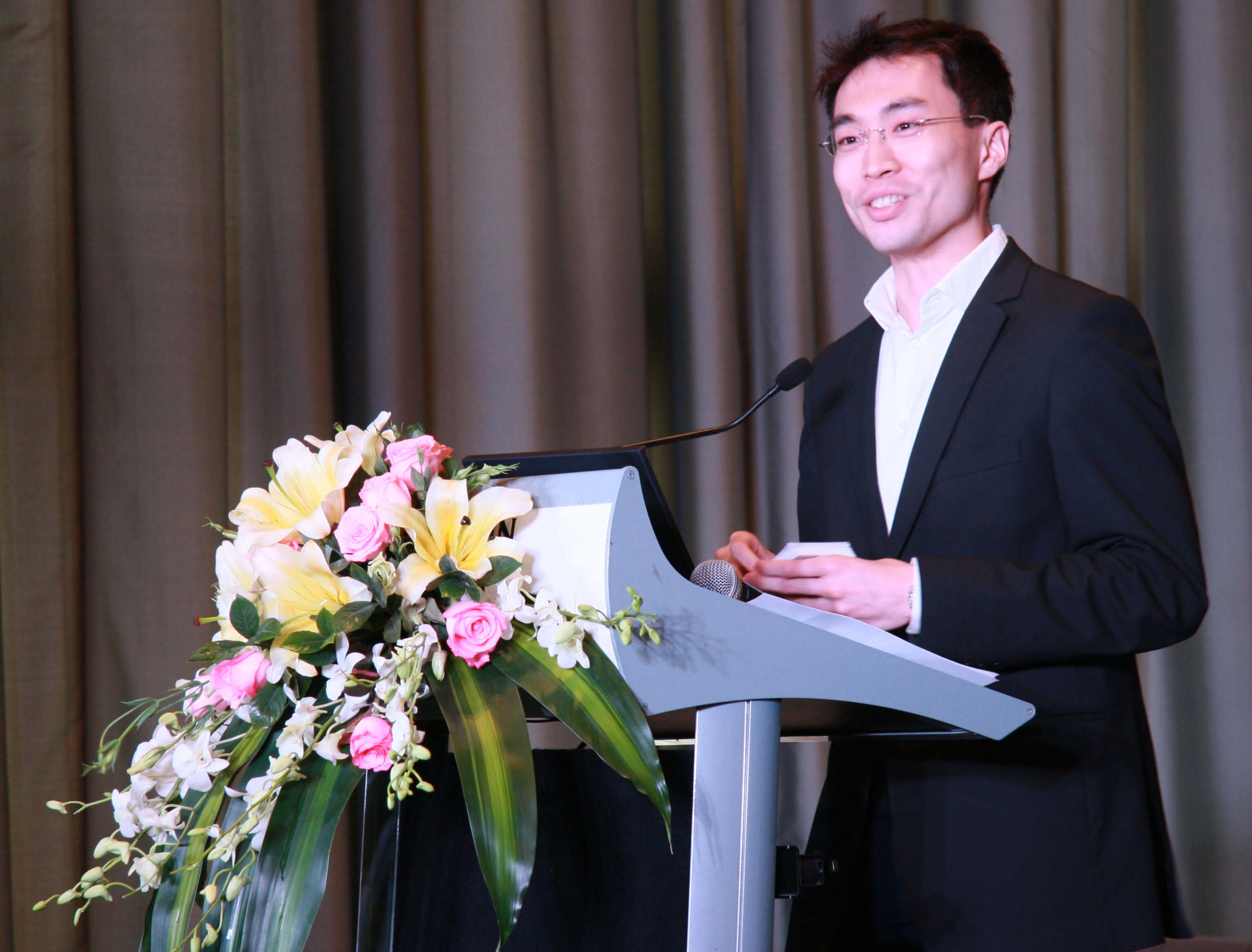As fire safety solutions become increasingly sophisticated and their integration requires multifaceted expertise, challenges in their implementation are also prone to rise.
As fire safety solutions become increasingly sophisticated and their integration requires multifaceted expertise, challenges in their implementation are also prone to rise. According to Paul Wijnstra and Mirre Veerman, Fire Safety Consultants at
Royal HaskoningDHV, for an evacuation alarm system with sounders to function effectively, the sounders and detectors should be combined in the same loop. Everything depends on programming the correct cause and effect to ensure proper integration.
“Voice alarm systems cannot be integrated into the same control panel,” they added, highlighting the Dutch standards again. “However, they are allowed to be connected into the same network. The challenge is to have both systems talk the same (software) language. Most of the time this is not possible and therefore they are connected with I/O modules.”
Rex Lam, Senior Consultant at
Guardian Forest Security, noted that ensuring the devices work on a common protocol is a challenge in the field. For instance, there are several popular protocols like Modbus and BACnet. At the design phase itself, the consultants need to clearly specify the required protocols so that the integration can be completed without hassles.
 Rex Lam, Senior Consultant,
Rex Lam, Senior Consultant,
Guardian Forest Security
Limited intrusion of technological advancements
Recent developments in the field of artificial intelligence (AI) and machine learning have had an impact on the security surveillance industry. However, the fire industry still largely remains immune to such changes, sticking to traditional systems. A potential space where AI can be useful is in video-based fire detection. The analytic software required to detect smoke and fire from a video can make use of AI to become more efficient.
“Fire tends to be a little bit conservative with newer technologies,” said Thomas Parrish, VP of Integrated Systems at
Telgian. “What we are seeing is systems like alarm verification, multidetector detectors, and so on. I see AI and other emerging technologies mostly in facilities that are getting systems like gunshot detection solutions.”
He added that there are also solutions such as smoke screens that are becoming popular in some areas. But the use of AI is largely limited to other security areas like facial recognition.
Tips for systems integrators in fire and evacuation
As market demand increases, systems integrators (SI) should ideally be able to find more business in this sector. However, we all know how this is easier said than done as factors like competition and market awareness continue to affect the business.
So, what can SIs do to move ahead?
Ensuring a strong relationship with designers, developers, and solution providers is one major factor that Parrish pointed out. There are a number of manufacturers out there now offering a variety of options to SIs, but the latter needs to know who has the best support in the region they work in.
Lam is of the opinion that SIs should begin to think more like consultants. When a client approaches you with a requirement, you should make them understand how the solutions can help reduce costs for them. For instance, what are the costs that the client would incur if a fire breaks out? How can they be mitigated with the right solutions in place? SIs should be able to get this point across to their customers effectively.
However, governmental regulations remain a hurdle for SIs in this field when it comes to innovation. According to Wijnstra and Veerman, as of now it is difficult to move beyond traditional systems in the Netherlands due to the way regulations work. However, moving forward, there are possibilities of technologies like video smoke detection systems getting regulatory approval and this should help SIs widen their offerings.
What the future holds
That integration is critical to better fire and emergency management is beyond question. What systems integrators and installers would need to look into, however, is how the integration technology evolves to bring in more devices in the future. As the trend of building automation systems and smart buildings pick up, fire alarm and evacuation systems could increasingly become a crucial part of the bigger picture. Finalizing standards and protocols would remain a hurdle in reaching this stage, but once this is done, market growth in this sector could see a rapid pace.